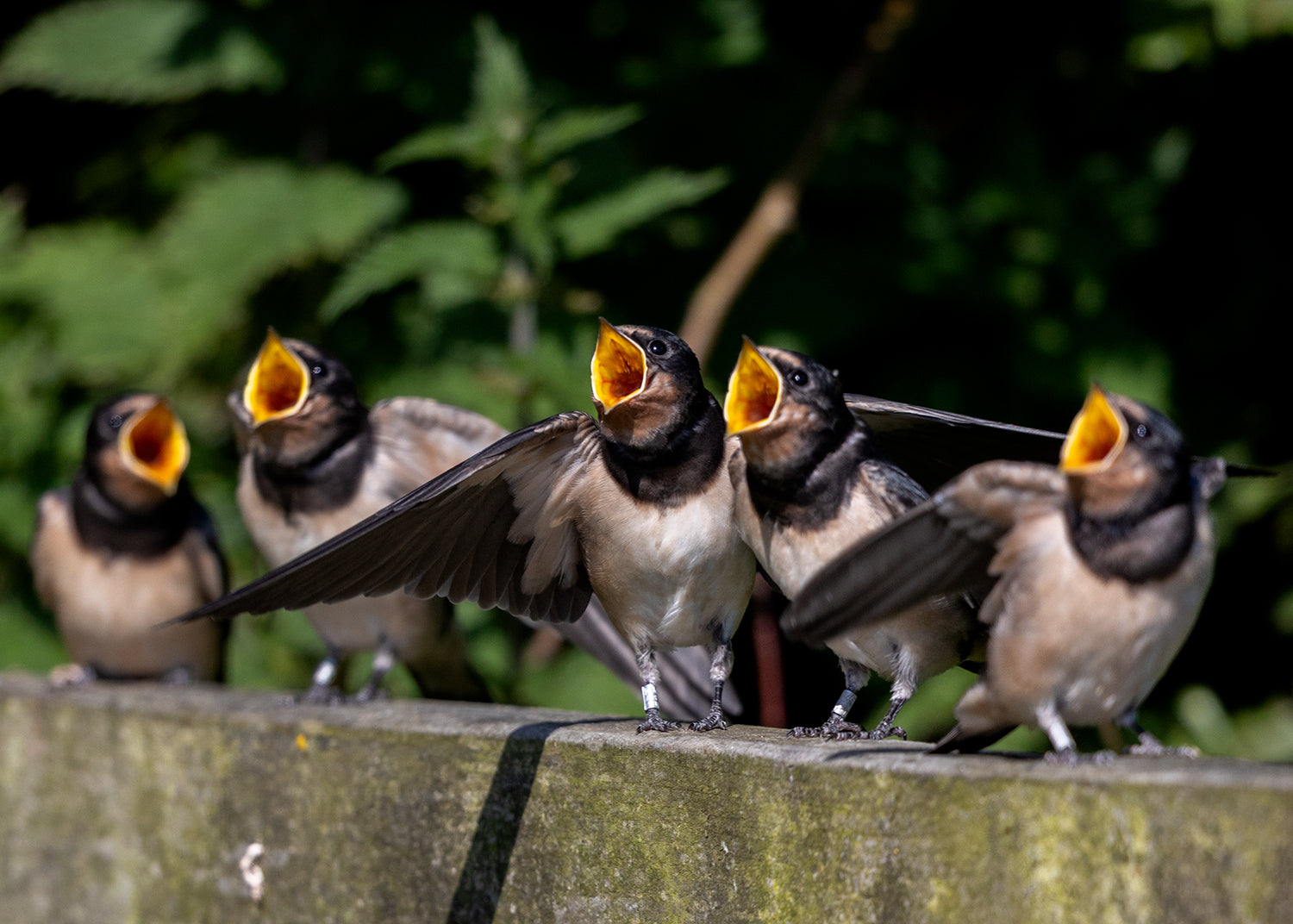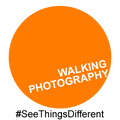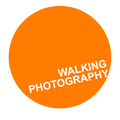Photography Tips, July Noted: Tips, Inspiration & Ideas for July

The school holidays kick off this month, which for parents, carers and/or grandparents can either mean you need to maximise your reduced free time with your camera, or you have the chance to seek out and share new photo opportunities with your bright-eyed Summer dependents!
It's not uncommon to hear nature watchers and photographers alike to bemoan July as a month of considerably less wildlife and photo opportunities. But whether you have a packed calendar that's harder to crack than an enigma machine or an ocean of spare time, look closely and you'll find plenty to keep you and your camera inspired...
Focus of the month: Play
 1/500 f8 ISO 1000 July 2019
1/500 f8 ISO 1000 July 2019
July is a month where play is at the forefront of many minds. The beaches of Britain fill up with holidaymakers enjoying a break from work with a bustle of activity on the sand. From the bright lights of the arcades to weathered crazy golf courses in need of a bit TLC. Coastal towns become a hub of activity and frivolity, presenting every kind of photographer a seasonal opportunity to explore and play with their compositions!
From amateur to professional, summer is a great time to turn your attention to the world of sports. With cricket matches, games of boules, tennis tournaments, cycling events, and all manner of other pastimes, you won’t be short of interesting active subjects for your photography. Even if you're not keen on the sports there's always something interesting to frame at these events, from passionate fans to architectural details of the surroundings.
It’s not just humans who have fun in the sun, though. You will find young animals learning social and/or hunting skills and important information about their environment through play. Look out for fox cubs, otter pups and even your own pets frolicking in the sun, providing you with the chance to take some fun photographs this summer.
Creature of the month: Barn Swallow ( Hirundo rustica)

1/2500 5.6 ISO 640 - July 2024
One swallow doesn’t make a summer, but the challenge of capturing one in flight can make your Summer highly entertaining, with the opportunity for some stunning photographs to boot.
Look for the insects first and the Swallows will follow. Open fields, stables, any body of water, even urban parks can bear witness to the spectacular sights of low-flying swallows on the hunt.
Listen for their distinctive chit-chatter and look out for them hanging out on overhead telegraph lines.
If you dare to attempt some inflight shots (and I recommend to you do!) you'll want to use a fast shutter speed – 1/4000 – to photograph them in flight and remember that the clearer the background, the easier it is to focus on them. For example, try and set the swallow against the clear blue sky. You could also try experimenting with some slower shutter speeds and the panning technique where you try and move the camera at the same speed as the flying bird for some motion blur...

1/60 f18 ISO 100 - July 2024
 1/4000 7.1 ISO 500 - July 2024
1/4000 7.1 ISO 500 - July 2024
Photography tip of the month: Focus distance experimentation
 What would be your focus point? 1/400 f10 ISO 250
What would be your focus point? 1/400 f10 ISO 250
Focussing effectively is a primary concern for anyone taking a picture so it's understandable why people can be reluctant to experiment. However, the more you play around and learn from the results, the more in tune you’ll get with how the focus works, ultimately leading to more consistent results.
Using focussing distance to manage how much of the scene you want sharp and clear (depth of field) is a powerful way to affect the end result of your photo without even the need of camera settings.
If you want sharp clarity throughout the scene, focus around a third into your scene and avoid including features that are too close in the foreground.
For shallower areas of focus, get closer to the subject. The nearer you are, the less focus area (depth of field) you’ll get. Enhance this further by maximising the distance between subject and the background.
One of the great things about digital photography is that it doesn't cost you anything to take several photos with different focus points, so you can experiment and learn from the results. Using several (or more) focus points of the same scene also sets you up for trying out focus-stacking which can be a really useful approach as you dive deeper into the world of focus.
Inspiration of the month: Diane Arbus
Diane Arbus was and is a seminal photographer whose black and white street photographs, primarily during the sixties is as powerful as it is influential. Often turning her lens to less conventional subjects, she wanted to capture all types of people in her work, particularly those who were “visibly creating their own identities”, according to the New York Times magazine.
I recently heard an interview with Joel Meyerowitz in which he described and praised her authentic connection with her subjects. This connection is reflected in her compelling prints and whether you're a fully signed up fan or new to her work, I encourage you to take a fresh look. If you're not sure where to start the Moma website isn't a bad place to begin.
Walk of the month: Whitby Secrets, Street x Wildlife Photography Walk

Review of the Month
I had a 1:1 lesson with Richard and it was brilliant. He made a complex subject really clear and pitched it perfectly for my knowledge level. He covered both theory and practical application and tailored his examples to the areas of photography that I am interested in. I am super excited to put my new learning in to practice and I can not recommend Richard enough! - Sarah
Photo Walker of the Month: Matthew Ingle





Leave a comment